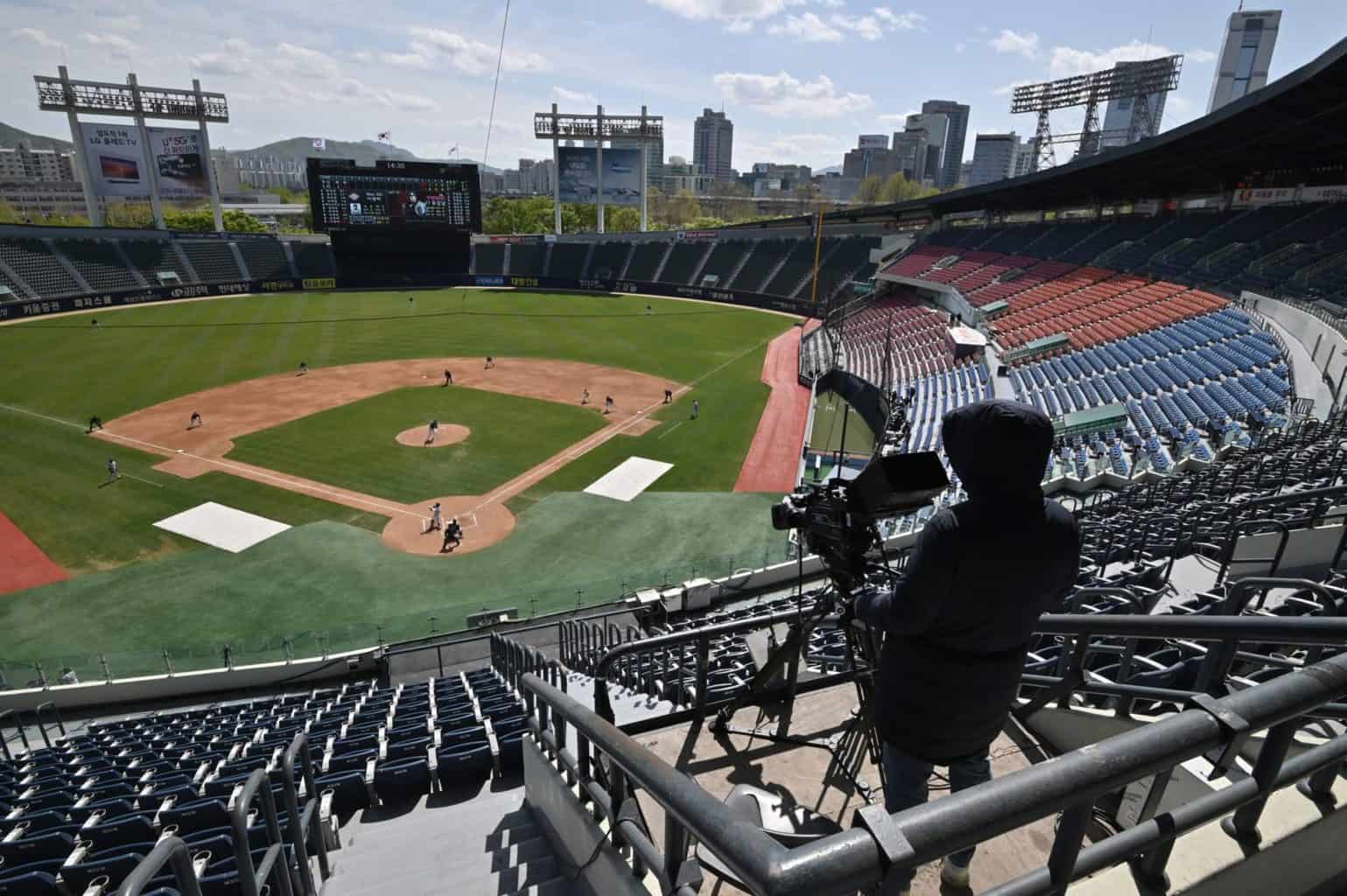
Major League Baseball is set to return July 23rd after a four-month plus hiatus due to COVID-19. This upcoming season will feature 60 regular season games and a full postseason schedule. Many aspects of the game will be impacted this season from in-game physical distancing, to the banning of sunflower seeds, and all the way to the DH becoming universal.
Related: Full Guide on the New 2020 MLB Season
The year 2020 in general has been bombarded with unique circumstances, and this baseball season will be no different. Fans and players will undergo a series of growing pains at the start of the season due to the harsh, significant changes made by the league. While the extra-inning runner on base and COVID-19 protocols have received plenty of attention, these are the unique aspects to this season that could have a major impact on the teams and players in 2020 and beyond.
In a 60-game season, it's unlikely that any MLB records get broken. But if any were to fall, @StacyRost and @AKidFromKent know which ones they'd be. https://t.co/xhOsQGtXfw
— Seattle Sports (@SeattleSports) June 27, 2020
With only 60 games to be played, final season stats will be a topic of discussions all season long. It’s possible that new records could be set with the amount of regular season games set to be played. Not total numbers type of records like Home Runs or Strikeouts obviously, but rate records are the ones in play.
Take batting average for example. It is incredibly difficult to hit over .400, even in a 60-game season. Tim Anderson, the AL batting champion, hit .323 through 60 games last season. Not even Ichiro Suzuki in 2004 was close to hitting .400 through the first 60 games (.335 BA), despite finishing with a .372 BA. Instead of staring at the illustrious .400 mark, let’s look at Earle Brucker who finished with a .374 BA in 1938, which is the highest single-season batting average in history with less than 60 games played (min. 186 PA’s). For 2020, look no further than Anderson, DJ LeMahieu, Christian Yelich, and Jeff McNeil as premier contenders to breaking Brucker’s mark.
On the other side of the ball, pitching stat records could be a little more attainable than offensive ones, though they are still very difficulty. Last season, Hyun-Jin Ryu, the NL’s ERA champion (2.32 ERA) had a 1.42 ERA through the Dodgers’ 60th game (11 starts), which is the lowest ERA ever through at least 60 IP pitched and no more than 12 starts.
Some other examples of records are:
Most HR through 60 games: Matt Olson, 27 HR, 2017
Most likely to break it: Mike Trout, Los Angeles Angels
Consecutive team wins to start the season: 13 Wins, 1982 Braves and 1987 Brewers
Most likely to break it: Tampa Bay Rays
RBI through 60 games: Reb Russell, 75 RBI, 1922
Most likely to break it: Cody Bellinger, Los Angeles Dodgers
Strikeouts through 12 starts: Stephen Strasburg, 92 SO (68 IP), 2010
Most likely to break it: Gerrit Cole, New York Yankees
Best records through 60 games: 1912 Giants (48-11-1)
Most likely to break it: Los Angeles Dodgers
DH is here to stay. For the first time in #MLB history the DH will be a part of all NL Games. in 2020.
— Jim Bowden⚾️🏈 (@JimBowdenGM) June 24, 2020
The Universal DH has been added for at least the 2020 season. NL teams will now benefit from having the extra hitter that AL teams have had since 1973. This is a pretty big change because it will change the in-game strategy used by NL managers like bunts and double switches.
Looking at the New York Mets for example, they have players like Yoenis Céspedes and Robinson Canó who make a lot of money and have been injured consistently in years past due to their age. With the DH, players like Cespedes and Canó will play on the field less, making them less susceptible to injuries. Cespedes hasn’t played much since 2018, and Canó missed a huge chunk of 2019, all due to injuries.
We’ve already seen NL teams make moves to fill that DH role. The Rockies signed Matt Kemp to a one-year deal, a very low-risk signing that could fill in some days as a hitter-only player. There are still some solid hitters available on the free market like Yasiel Puig, Scooter Gennett, and Justin Bour, that could make for great additions to an NL team looking for a new every day player, giving them opportunities this year they wouldn’t previously have had.
This also directly affects the trade market. It is possible that NL teams are more active in looking for hitters on AL teams that have no spot in their respective squads. One example is is the Yankees’ Miguel Andújar, who has longed been rumored to being traded. Could now be the time to trade Andújar and get a pitcher in return, now that his value is higher as a potential DH for ALL 30 teams?
The universal DH rule will have ripple effects for years to come, especially if it becomes fully implemented after the CBA expires after 2022 as it’s likely to do.
MLB trade deadline is expected to be Aug. 31, not July 31.
— Chris Cotillo (@ChrisCotillo) June 23, 2020
The new trade deadline will be August 31st, which is a little over a full month after Opening Day (July 23). This trade season could become very interesting thanks to all of the unique circumstances this year. Teams that had no plans of contending this season could suddenly find themselves in the race and looking to acquire some pieces for the last stretch. And vice versa— a team that intended on being a contender this season might struggle out of the gate and be forced to consider selling some pieces in hopes of competing next year.
The trade deadline after five weeks means it has never been more important to start winning out of the gate. Because this could be the best year to ever tank, many teams might look to reduce salary, not worry about competing for the Corona Championship, and gain resources for a full title run next year. While at the same time, a team who has a clear shot at a title this year by the end of August could seize the opportunity of winning this year’s World Series and only have to pay a month of a player’s salary to add them to their playoff roster. The 2020 trade deadline will certainly be the most one-of-a-kind event of its nature as there is no precedent for what’s about to go down.
No fans either way, looking to cut losses, an asterisk championship, and more. There are many reasons why 2020 could be the year many teams decide to focus on the future instead of competing this season https://t.co/q2G5MtiZr3
— Pro Sports Outlook (@PSO_Sports) July 13, 2020
The same way some might look at this season as a better opportunity to go on a run and make the postseason, others might look at 2020 as the perfect opportunity to tank. Many will consider this season to have an asterisk, so many of the already-tanking teams like the Pirates, Orioles, and Tigers will likely take advantage of the shortened season to further plan for the future.
One of the reasons why is the potentially stacked draft in 2021. Many college and high school players lost their 2020 season and decided to not declare and wait another year to build up more stock. And with the 2020 Draft being only five rounds, a lot of talent did not get drafted. In baseball, unlike any other sport, there has been Hall of Fame talent consistently coming out of the late rounds.
Also, attendance is a non-factor in 2020, which means that teams can freely tank if they please without seeing their attendance take a hit. Teams like the Tigers, Orioles, Marlins, and Pirates struggled to get people to come to the ballpark because of their losing ways. This season however, teams could tank and not have attendance numbers being thrown at their face. Check the article below for all the reasons why many teams will consider tanking in 2020.
Related: Is 2020 Becoming the Year to Tank?
Terry Francona has always been a manager set in his routine, but when MLB starts its season amid the pandemic, even he knows that has to change. https://t.co/aNB6r7E9Ju
— Boston Globe Sports (@BGlobeSports) June 28, 2020
Like the rest of the world, baseball players will have to adapt and modify their routines. However, unlike the rest of the world, baseball players can be extremely superstitious and rely on their routines to fuel their success on the field. Things like sunflower seeds, spitting, chewing tobacco, and the team’s drinking cooler won’t be part of this upcoming MLB season in order to further avoid the possibility of a clubhouse outbreak. High fives and throwing the ball around the infield after an out are other traditions that have been banned for this season.
Perhaps the biggest change in the routine will be the preparations players do before games. Traditionally, many players arrive to the ballpark early in the afternoon in order to get all of their work in before the game (batting cage, go to the gym, therapy, drills, etc.). For 2020, players can’t arrive at the facility earlier than four hours. It is usually pitchers that are considered the most routine-driven of them all, they must do everything the same when it’s their day to take the hill. How will their new routines look, without being able to arrive early the day of their start? There’s also the prospect that different routines will lead to more injuries. Routines are a crucial element to baseball, and this year will prove how instrumental those previously common routines truly are.
Jeurys Familia is worried that a shortened 2020 MLB season could “cause a lot of injuries” https://t.co/hTQCy0X8S7 pic.twitter.com/DibPVfBjGZ
— SNY (@SNYtv) May 20, 2020
The new routines could lead to a higher risk of injuries, with players not doing being able to do all of the preparations they used to do before. It might seem a little superstitious, but the body gets used to the routine, and an immediate change to those could have a negative effect for some players. Physical distance will be strictly enforced and training groups will consist of up to six players max.
Indoor batting cages are not recommended, but could still be used during games or because of inclement weather. Same goes for bullpens, with pitchers needing a set of baseballs exclusively for them, and not able to warm up two at a time on the same bullpen. In the training room, everything must be disinfected constantly and be used by a limited number of players at the same time.
Jayson Stark of The Athletic reported that:
All hitters will now have to bring their own pine-tar rags, bat donuts and other equipment to and from the on-deck circle — and will have to retrieve their own caps, gloves and sunglasses from the dugout if an inning ends with them on base or batting. All pitchers will now have to bring their own rosin bag to the mound and use only their own baseballs for bullpen sessions. And baseballs used in batting practice can be used only that day, then need to be cleaned and sanitized, and not be re-used for at least five days.
While the new routines could lead to more injuries during the upcoming 6-game season, on the bright side, the season’s delay has helped teams get back some key players from previously occurred injuries. Players like Aaron Judge and Justin Verlander were destined to miss a big chink of the regular season. Now, with the season beginning in late July, Judge and Verlander are expected to not only be ready for Opening Day, but be available for the full season.
The Injured List’s (IL) length will still be 10 days for position players and pitchers, but the 60-day IL got reduced to 45 games. Additionally, MLB has implemented a COVID-19 IL for players that test positive for the virus. The COVID-IL has no maximum or minimum length. Once someone hits the COVID-IL, teams can’t disclose which player positive for the virus. Though with a maximum amount of players in the roster and the attention teams and players get, it’s almost certain that everyone will know who that person is. One way or another, injuries are certainly going to be affected by this year’s rare circumstances.
Players or managers who leave their positions to argue with umpires, come within 6 feet of an umpire or opposing player or manager for the purpose of argument, or engage in altercations on the field are subject to immediate ejection and discipline, including fines and suspensions
— Joel Sherman (@Joelsherman1) June 24, 2020
Arguing with an umpire used to be as common as fans cheering for Home Runs. But this year, arguing with an umpire will come with immediate disciplinary actions if they get too close. Players and coaches are required to keep at least six feet between umpires and other players when possible, and if they disobey, harsh discipline will follow. For example, if a manager goes to argue a call with the umpire, the manager must maintain the required distance between each other. This provides less pressure for umpires to get EVERY single call right and might lead to a few more blown calls here and there, and certainly less “makeup calls” after getting chewed out from a questionable decision.
A major underrated aspect of this season will be the lack of physical altercations between teams. This year was looking like it was about to be one of the most physically-heated seasons with every team chomping at the bit to send the Astros a 95+ MPH message. However, with the rules in place that discourage any physical confrontations, teams will be less likely to retaliate from someone showboating after hitting a home run or sliding hard into second base (or getting caught for cheating). Some of the unwritten rules of baseball might not be written at all this year.
This could lead to MLB getting what they’ve wanted for the past few years: letting the kids play (without repercussions of an inevitable HBP and/or benches-clearing brawl)
The Yankees will proceed through the pandemic-saturated 2020 micro-season without Domingo German while he finishes his domestic violence suspension. https://t.co/mDomzZtHIx @_beewilly
— NY Daily News Sports (@NYDNSports) June 26, 2020
Players that had suspensions will be some of the most affected by the shortened season. With only 60 games to be played, it won’t be enough to fulfill most of this year’s pending suspensions. Players like Domingo German (63 games) and Michael Pineda (60 games) will now have to miss the entire year as opposed to just about 1/3 of the season.
And of course, since being eligible for the postseason requires a player to be on the Major League roster during September, German and Pineda will also miss the postseason if their respective teams make it. This will force two of the best teams in the American League to search for more pitching at the trade deadline and look in-house for reinforcements.
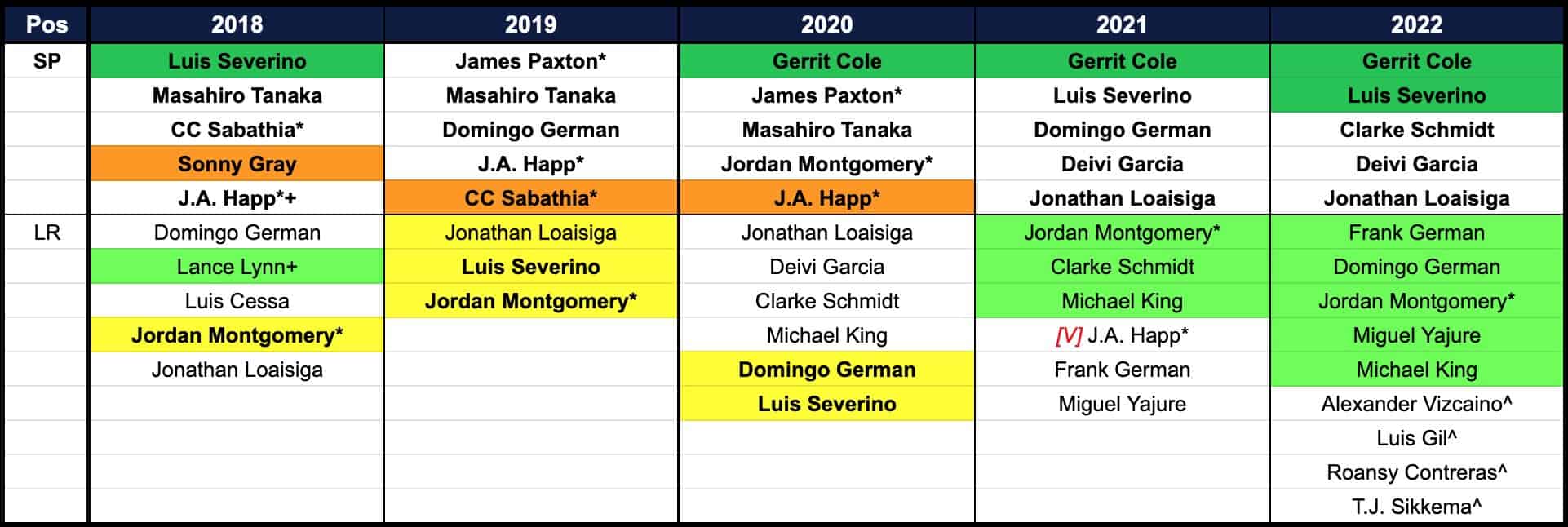
Injuries pushed back Brennen Davis’ emergence as one of #MLB‘s most exciting prospects to 2020, only to see the coronavirus shut down the @MiLB season. Now his breakout will have to wait until ’21 at the earliest, but rest assured, it’s coming: https://t.co/DkMtvuL9nF #Cubs pic.twitter.com/Wr1mFnfACh
— MLB Pipeline (@MLBPipeline) July 7, 2020
While Major League Baseball is able to at least salvage some of the 2020 season, Minor League Baseball wasn’t as lucky as the entire season is canceled for the 260+ MiLB teams. While some top prospects and near-MLB ready talent will get the opportunity to be part of various team’s taxi-squads, thousands of prospects won’t get to play any officiated baseball in 2020.
This will likely delay many young talent’s ETA back a year despite them aging and likely still being able to build strength over that time. However, no player can truly develop without going through the trials and tribulations of facing professional hitters or pitchers and learning how to approach certain situations like a 2-2 count or maintaining composure after giving up a Home Run or striking out with runners on base to end the inning, etc.
MLB prospects that didn’t crack the 60-man rosters for each team will have to find a way to overcome this setback and make sure they come into camp next year in peak condition as it’ll take much more self-discipline than normal. However, this could lead to MLB evaluators realizing which prospects have the mental fortitude and determination to succeed in these adverse situations and which ones falter under these circumstances BEFORE clubs have to invest real money into them.
Like this article about the unique aspects of the 2020 season? Share with your friends!
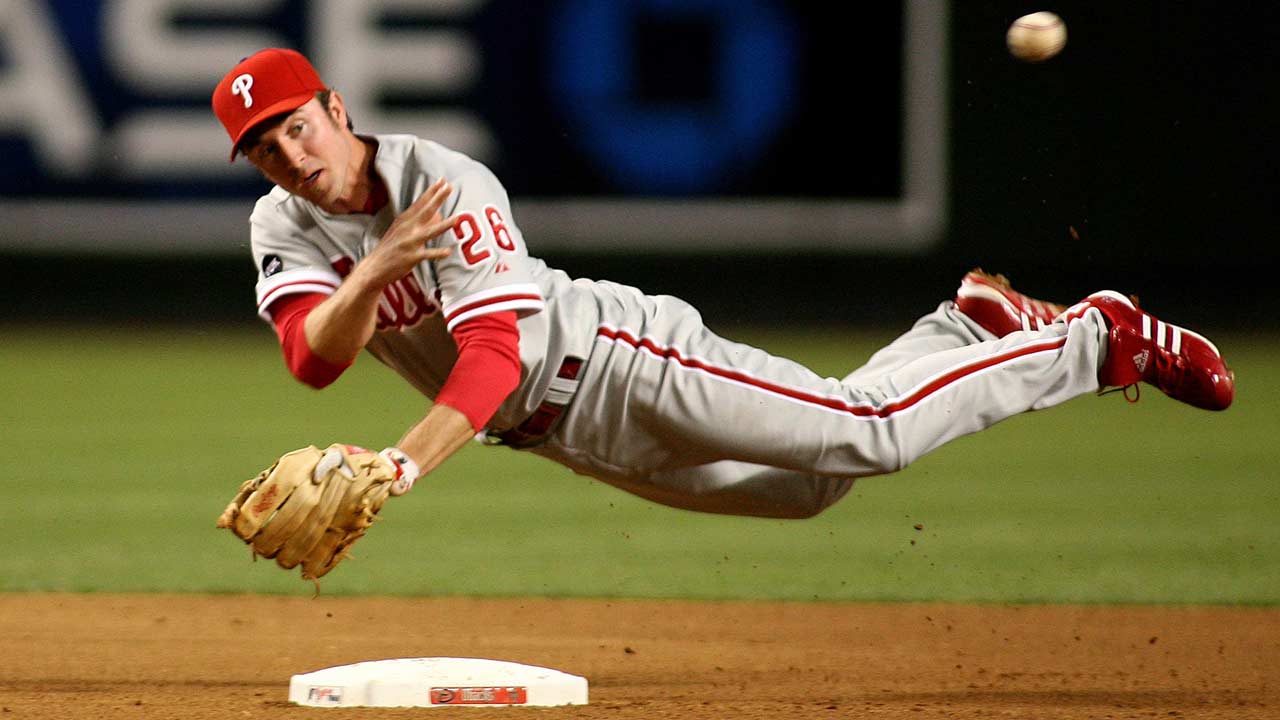
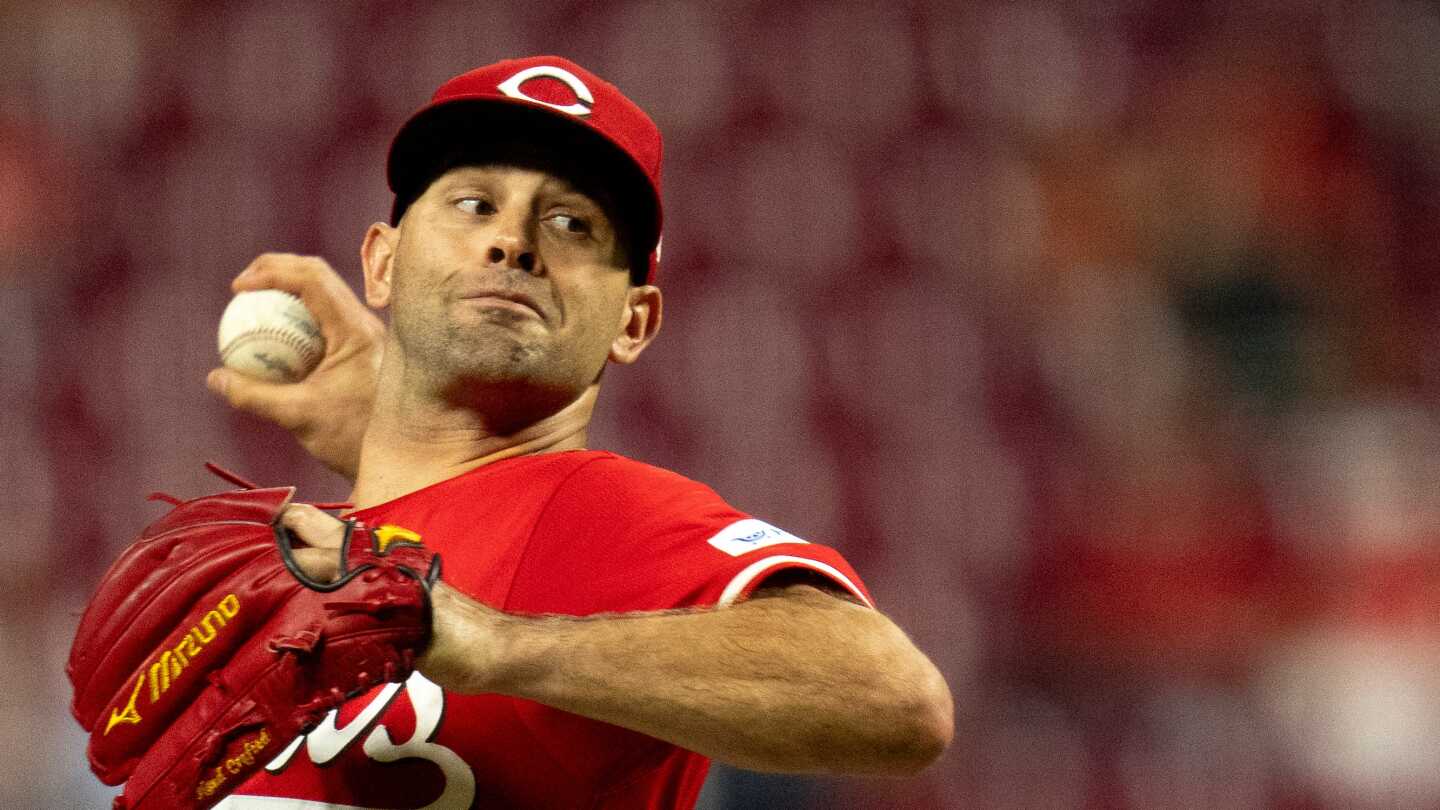
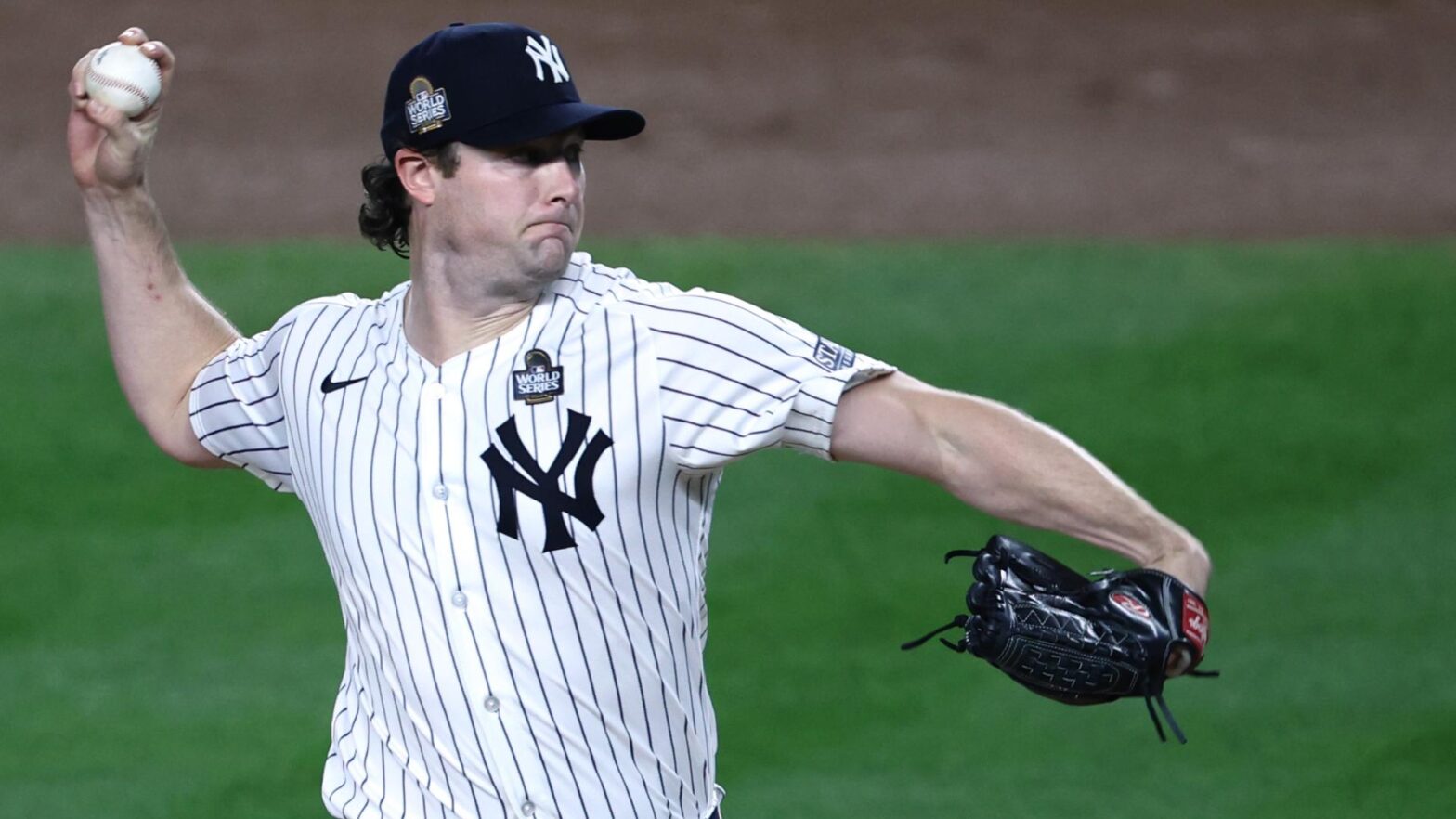
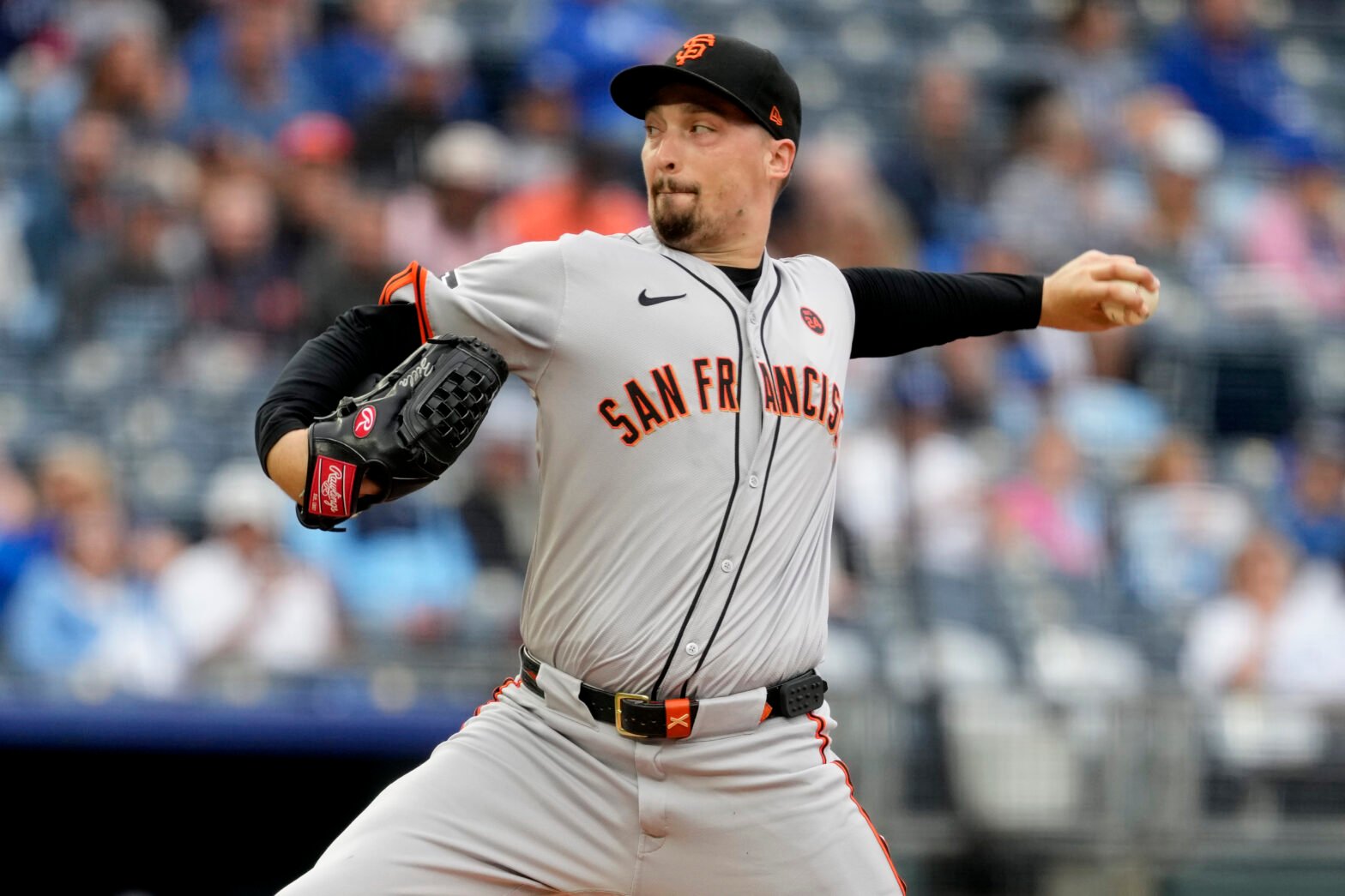
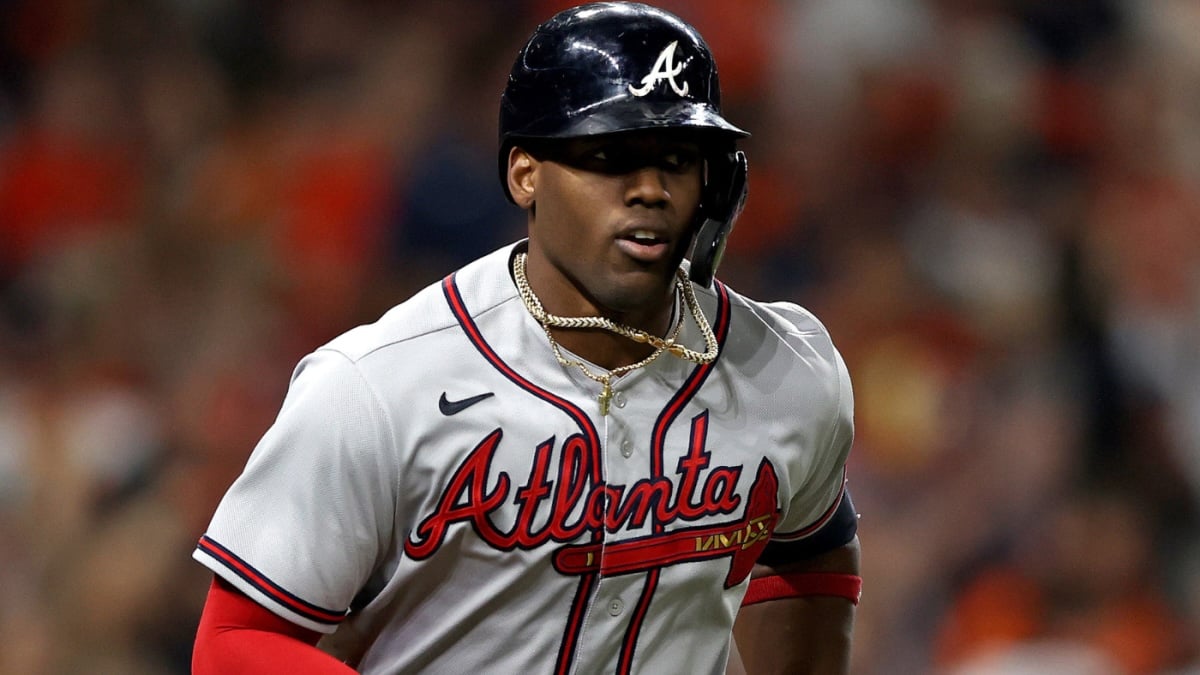
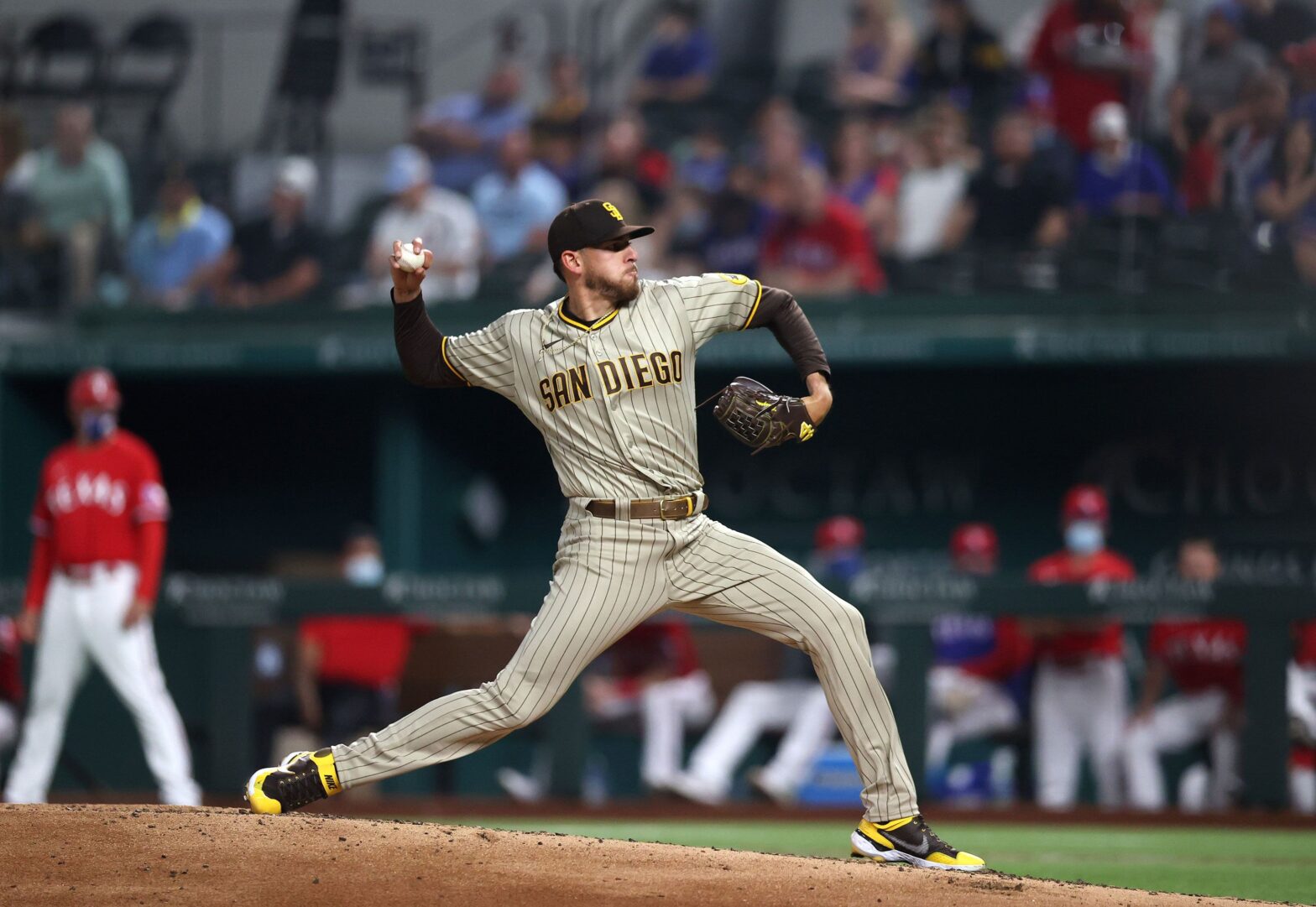
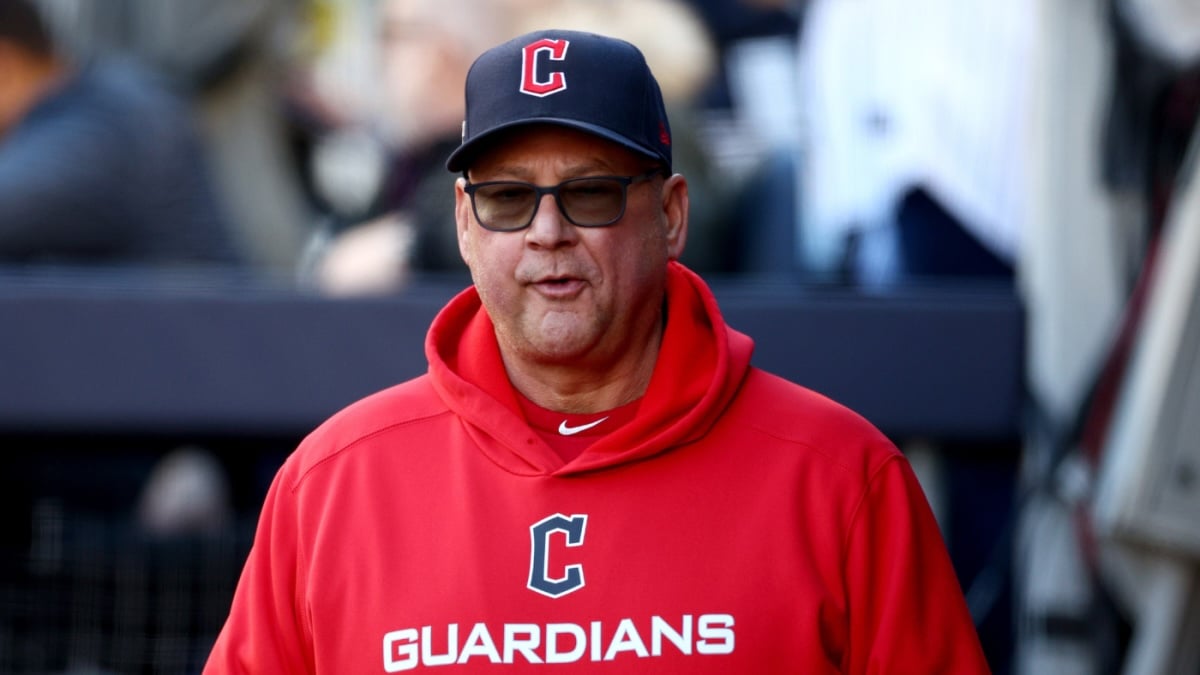

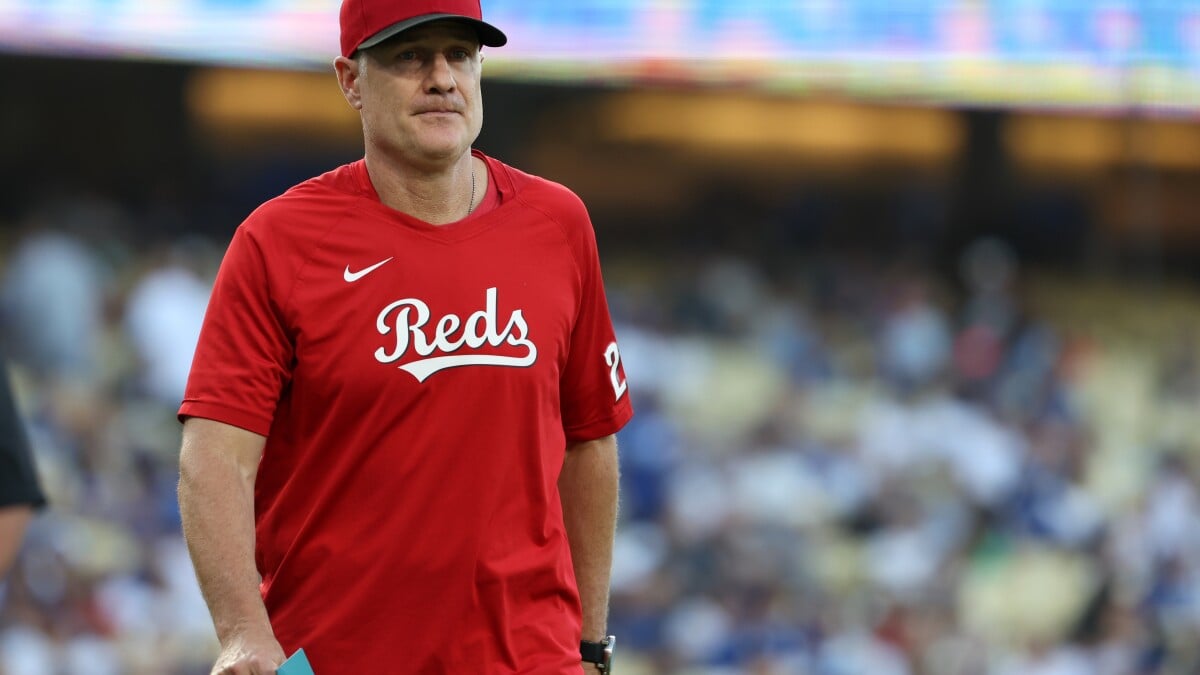

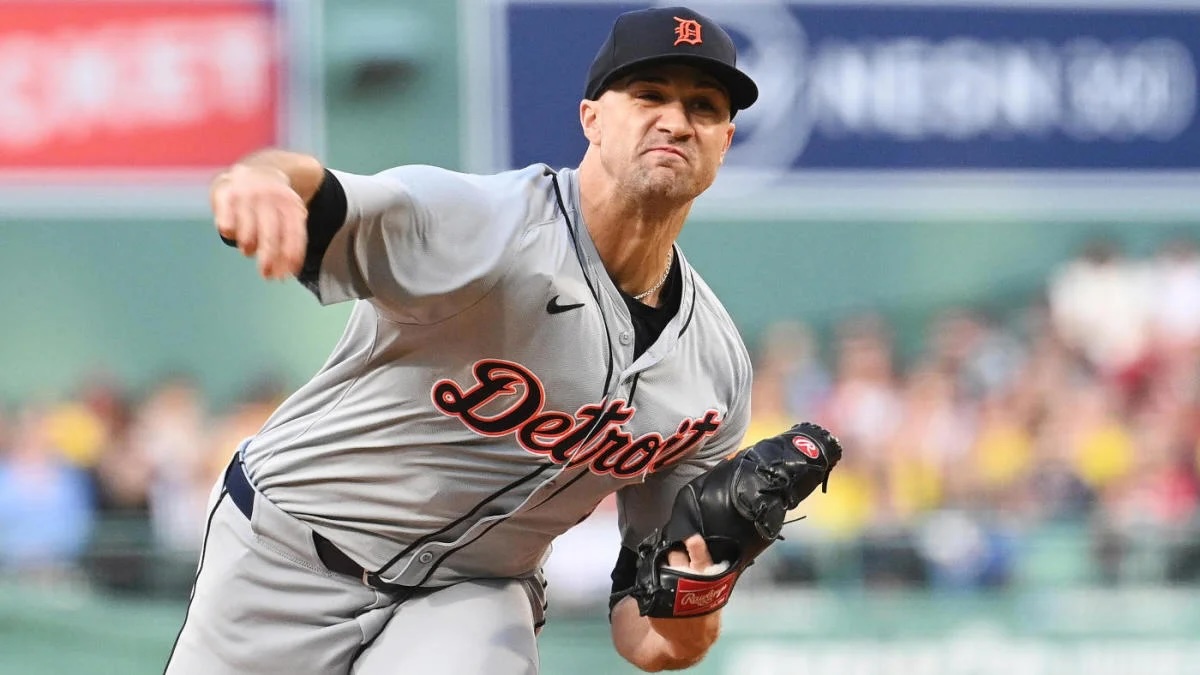
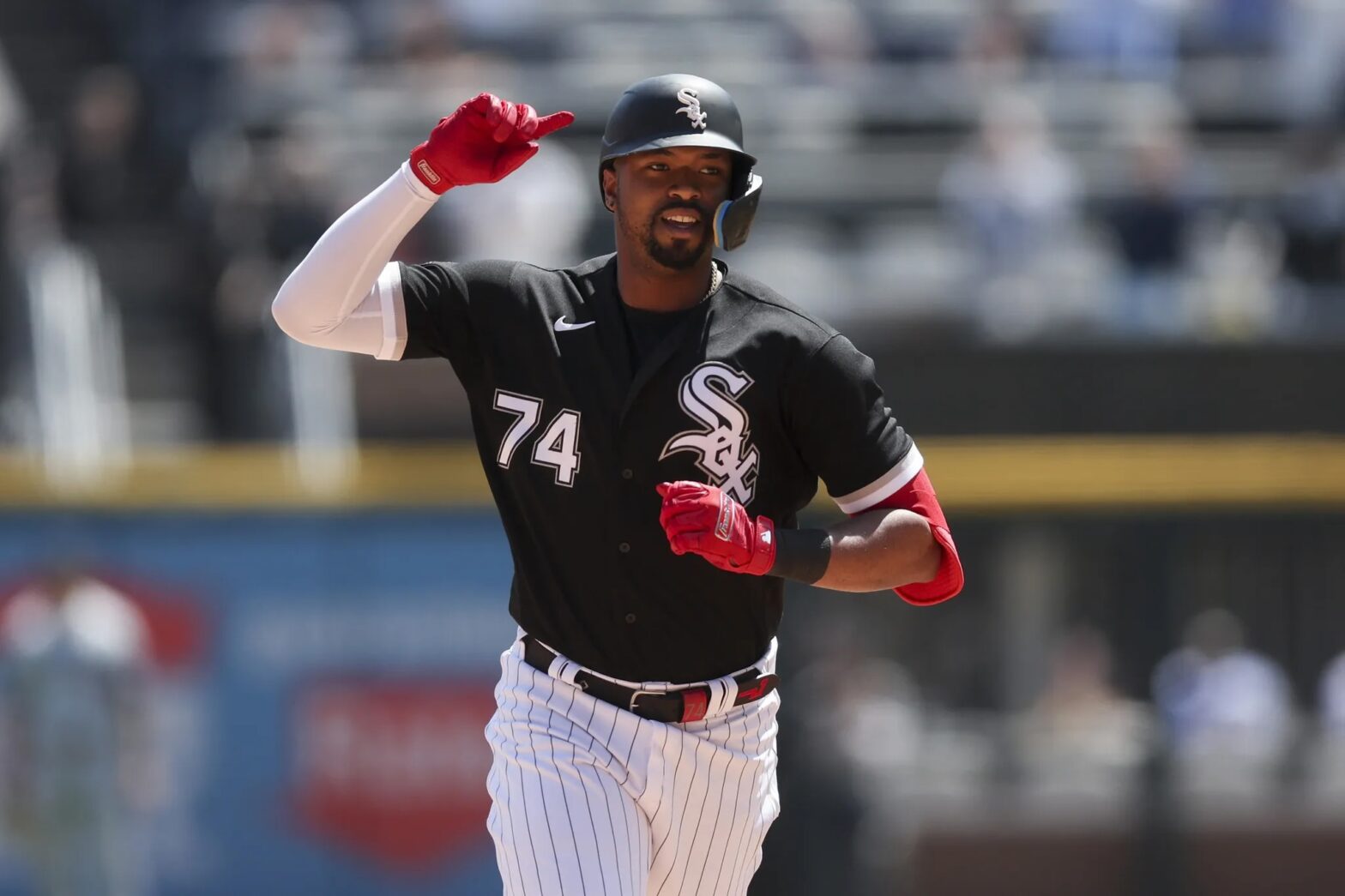
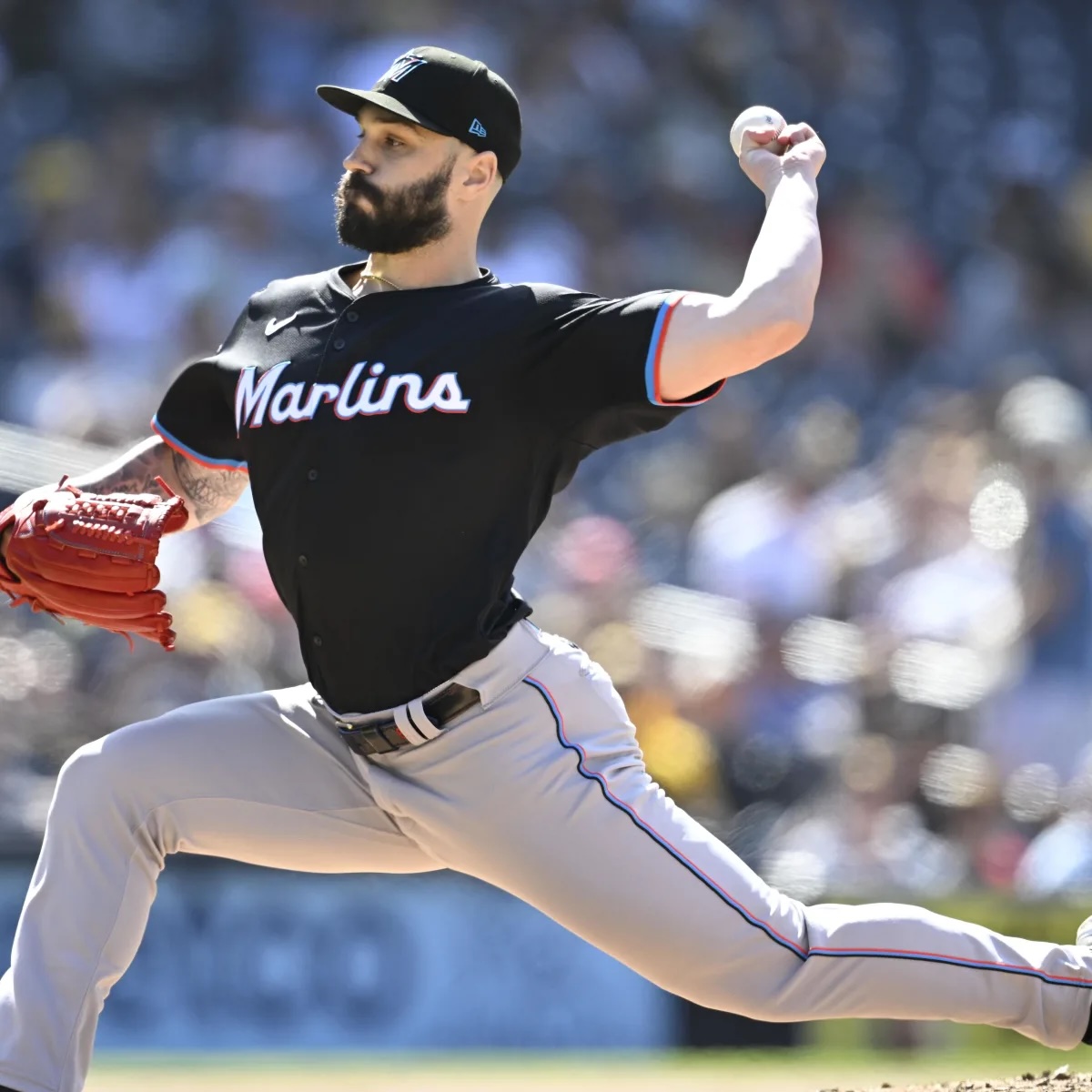
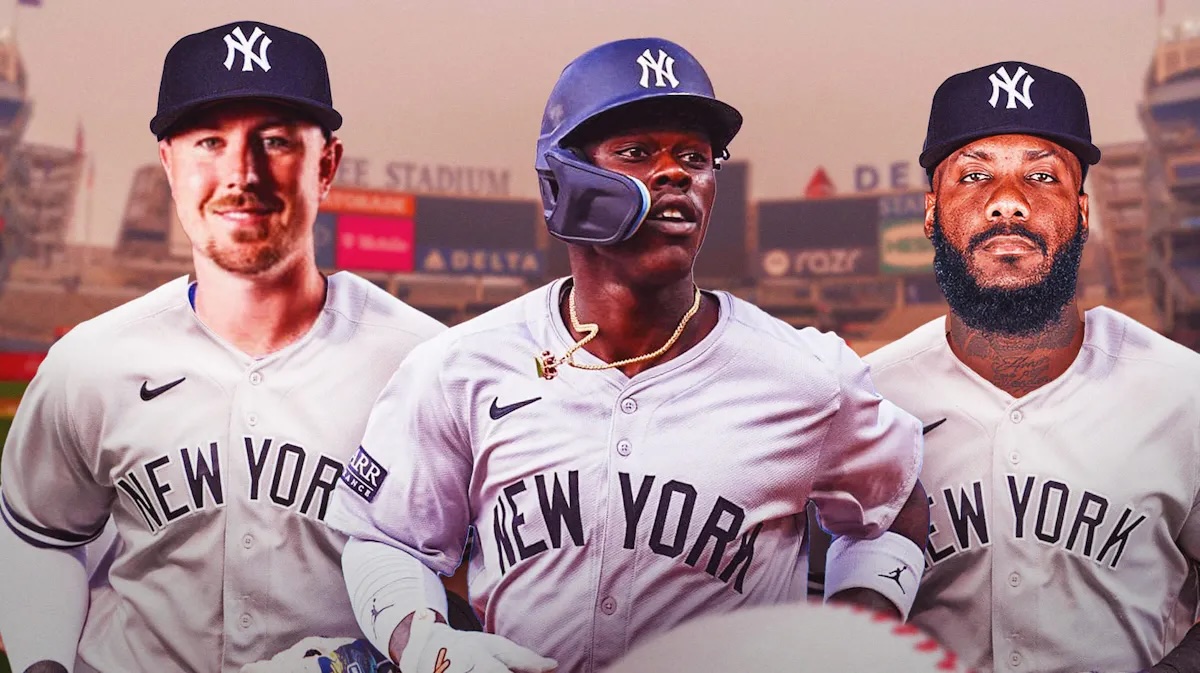
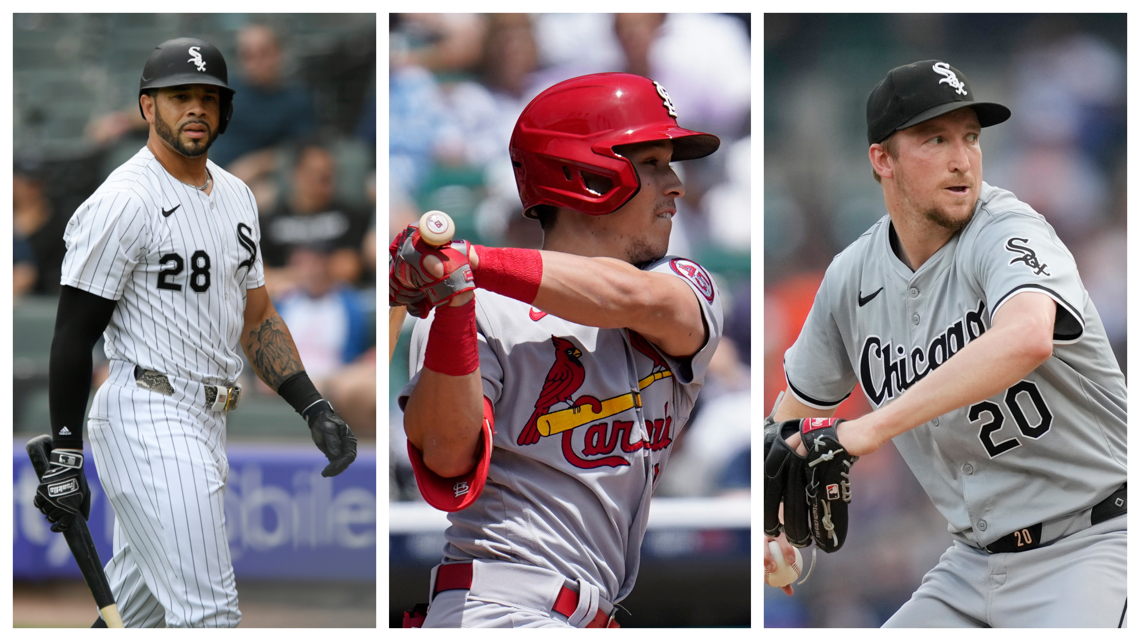
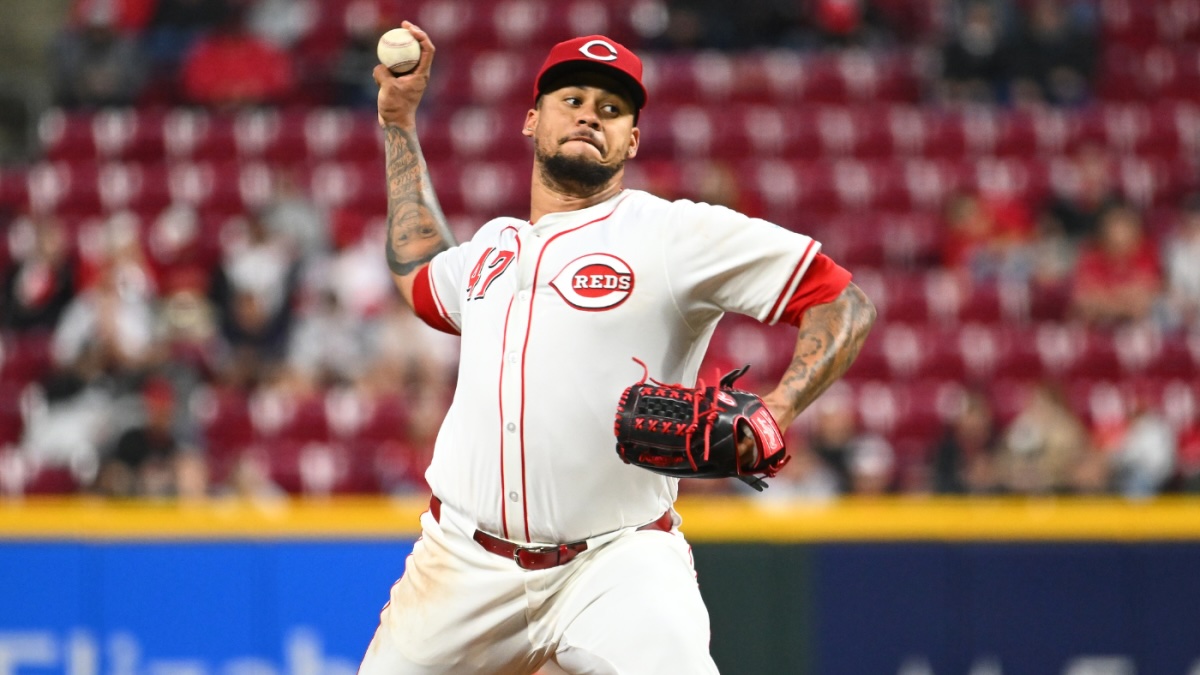
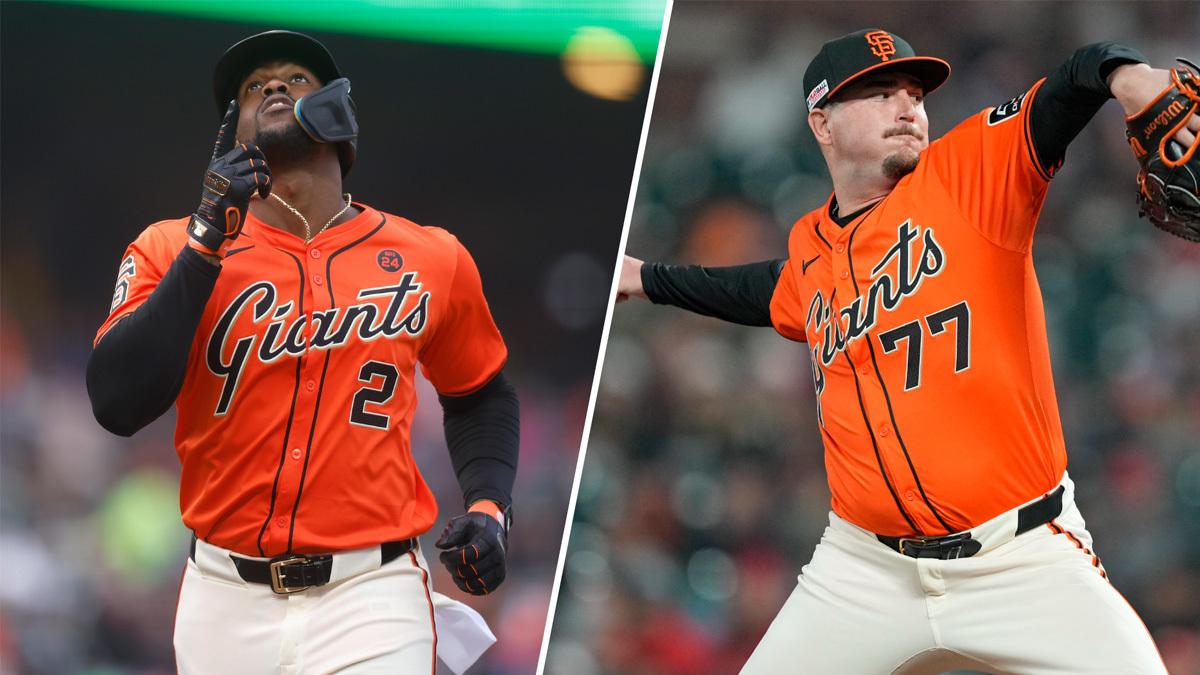
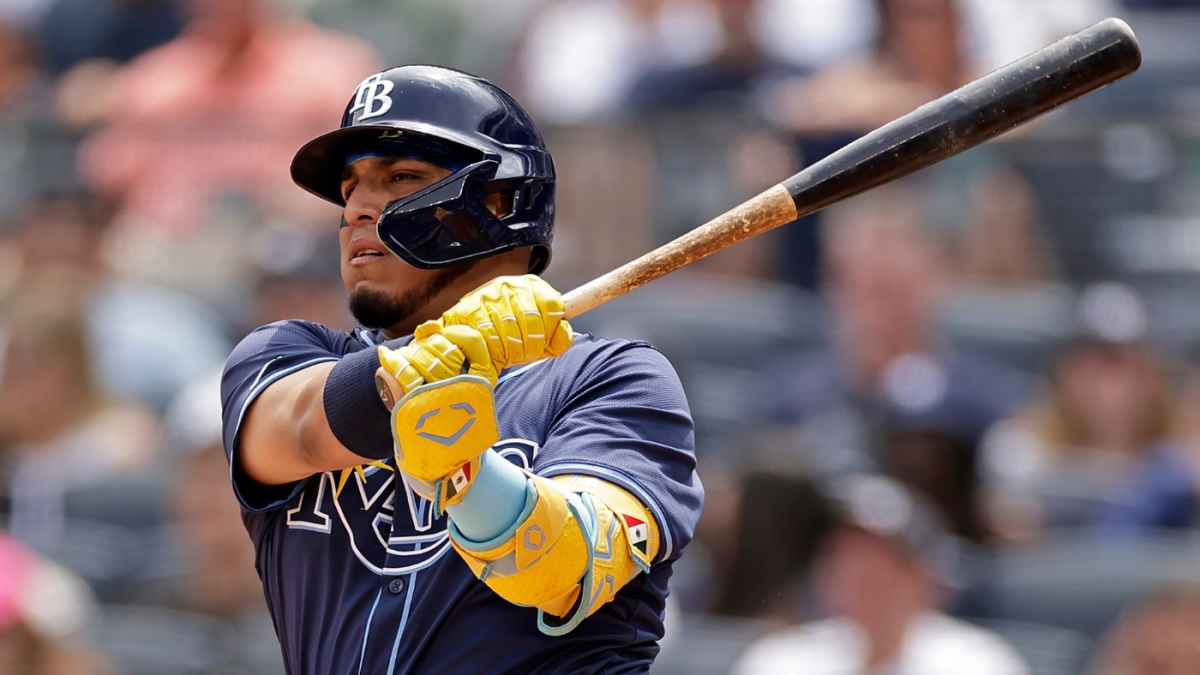
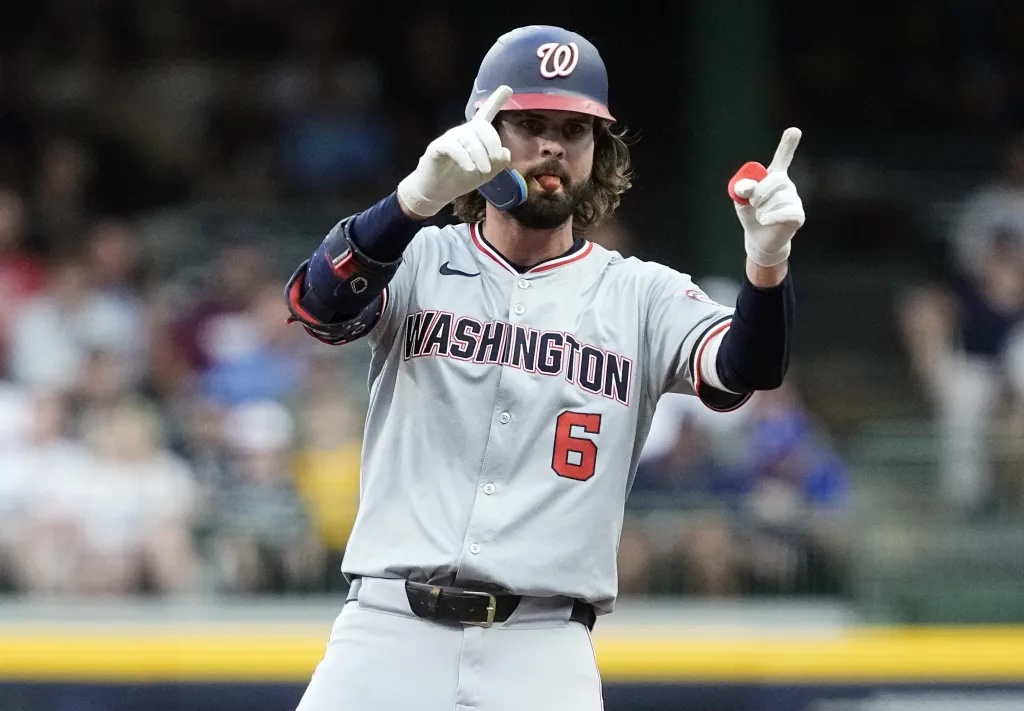
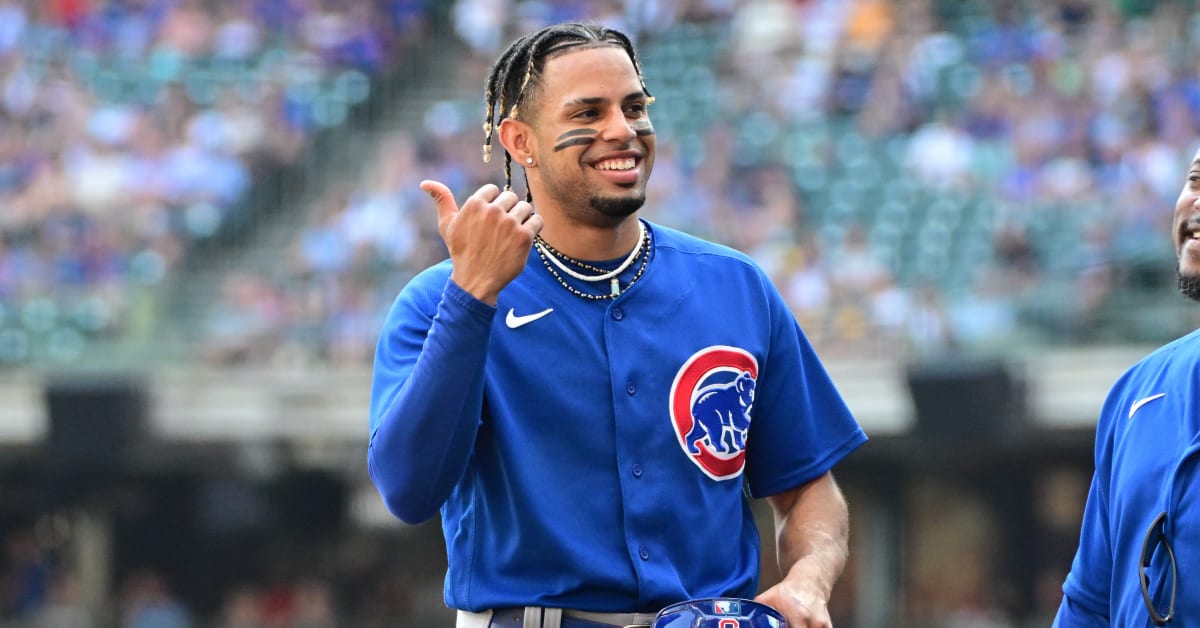
 Sign in to Pro Sports Outlook for quick and easy access to all of your favorite teams.
Sign in to Pro Sports Outlook for quick and easy access to all of your favorite teams.
 Sign up to Pro Sports Outlook for quick and easy access to all of your favorite teams.
Sign up to Pro Sports Outlook for quick and easy access to all of your favorite teams.